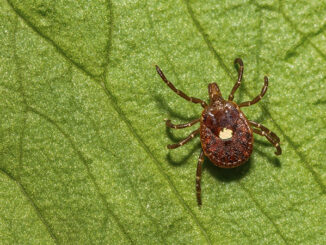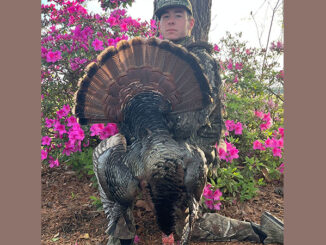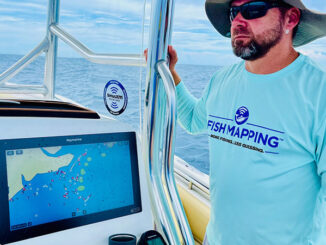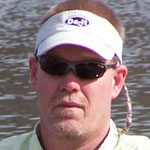Where to find summer redfish
Match the hatch when fishing for redfish. (Photo by Phillip Gentry)
Here’s 7 places to find hot we

Research biologists believe Alpha-gal syndrome is one of the fastest-growing, and most misdiagnosed, illnesses among today’s population. […]

Jay McCoy killed this turkey during the 2024 spring hunting season. […]

SiriusXM Marine helps anglers catch more fish through a variety of plans and features. […]

Copyright 1999 - 2024 Carolina Sportsman, Inc. All rights reserved.
Be the first to comment